Upwind Recognized as a Cloud Security & CADR Leader in the 2025 Latio Cloud Security Market Report

We are excited to announce that Upwind has been recognized by Latio as a leader in both Cloud Security and Cloud Application Detection and Response (CADR) in the newly released 2025 Latio Cloud Security Market Report. In this report, analyst James Berthoty highlights how the cloud security landscape is rapidly evolving beyond traditional CNAPP models, […]
Upwind and Legit Security Partner to Deliver True Code-to-Cloud Application Security
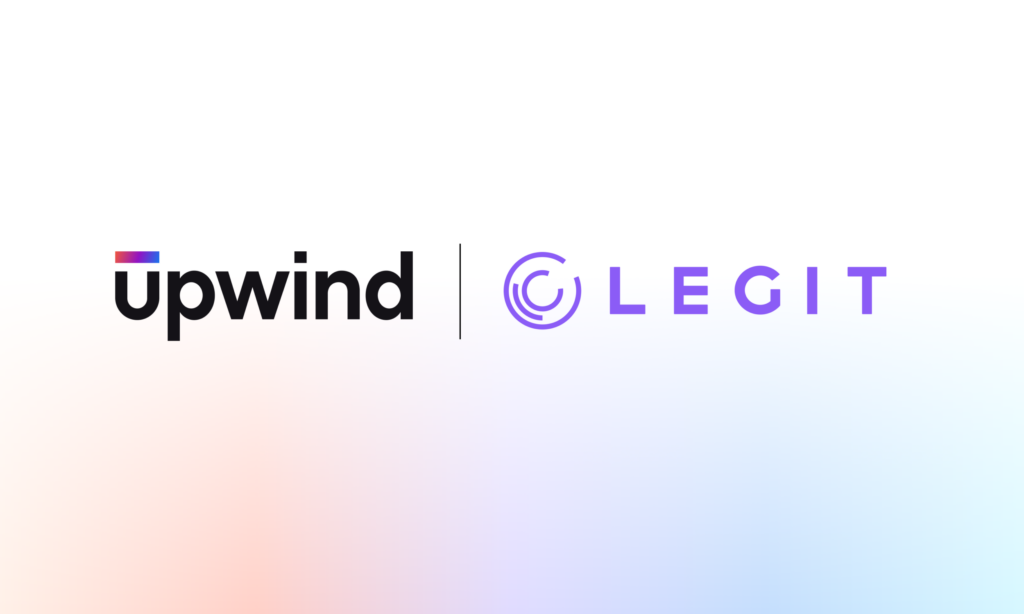
As software delivery accelerates with cloud-native architectures and AI-driven development, security must evolve to match the speed and complexity of modern engineering. That’s why Upwind, the runtime-first CNAPP, and Legit Security, a leader in Application Security Posture Management (ASPM), are partnering to provide end-to-end, code-to-cloud protection that combines deep runtime context with secure software development. […]
Easily Prioritize Cloud Misconfigurations with Upwind
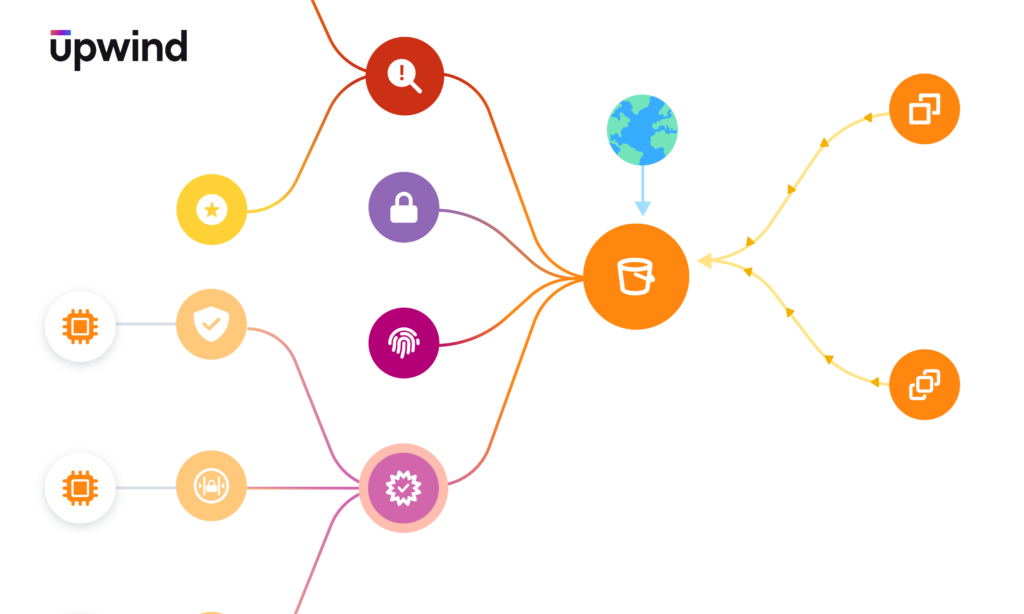
We are excited to introduce a new capability in the Upwind platform, automatically prioritizing cloud posture findings by severity based on real environmental variables: Under our Secure Configurations module. This is the first of many CSPM features coming from Upwind in the coming weeks, and it offers a powerful enhancement to posture management that automatically […]
Location and Paths Forensics for your Vulnerability Findings

We are excited to introduce a new functionality in the Upwind platform that directly addresses a key challenge in vulnerability management: quickly pinpointing the location of specific package versions. With this enhancement, you can now effortlessly track where your vulnerabilities reside, eliminating guesswork and speeding up your response time. Understanding the full impact and scope […]
Seamlessly Integrate with Cloudflare Through the Upwind Platform

We are thrilled to announce a new integration with Cloudflare, bringing seamless and enhanced API security for Upwind users who leverage Cloudflare. Why Integrate with Cloudflare Cloudflare is an internet infrastructure and security company that helps organizations monitor and manage their API endpoints, providing additional security, monitoring and API traffic optimization. Its robust capabilities include […]
Proactively Secure Kubernetes Workloads with Upwind’s Runtime-Powered KSPM
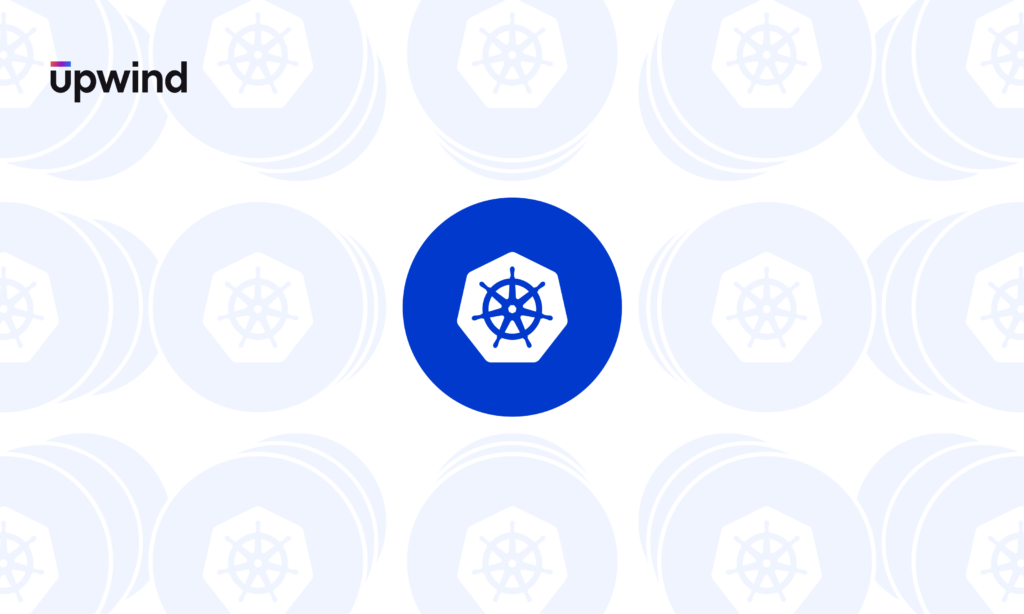
With the rise of containerized environments and Kubernetes adoption, Kubernetes security posture management (KSPM) has risen to the forefront of cloud security posture initiates. KSPM generally requires the use of security tools or processes to help ensure the security of Kubernetes clusters, with most focusing on policies and configurations. However, this focus on static configuration […]
Easily Query Kubernetes Objects with Upwind’s Runtime Topology Map

We’re excited to introduce a powerful new container security capability that makes it easier than ever to view and query Kubernetes objects while exploring the entire exposure path with Upwind’s runtime topology map. Upwind has always provided deep visibility into containerized resources, showing traffic by port, process, and protocol, as well as details into an […]
Introducing New Runtime Security Features for Modern Containerized Environments

At Upwind Security, we continuously enhance our security capabilities to address emerging threats and provide unparalleled runtime protection for containerized environments. In this update, we are excited to introduce new detection and prevention policies designed to secure workloads against sophisticated attacks. Next-Generation Threat Detections Over the past several weeks we have added additional detection policies […]
Introducing Upwind Dashboards: Simplify Security Monitoring & Reporting
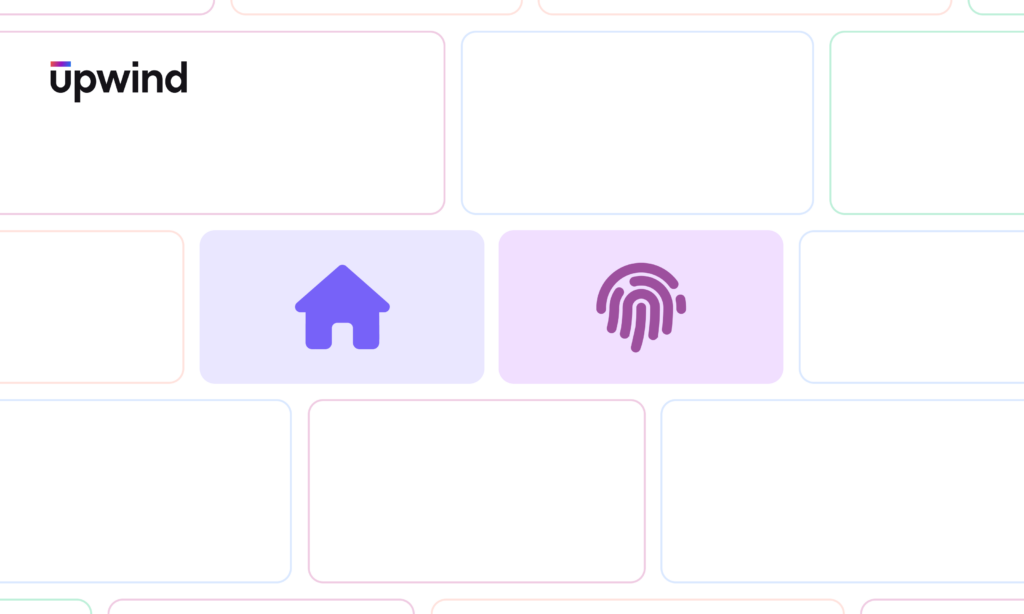
We are introducing four powerful new dashboards in the Upwind platform to simplify monitoring and reporting for security executives. These four new dashboards each offer a high-level overview of security risk, performance over time, and prioritized risk analysis to focus you on what matters most. Home Dashboard This dashboard is Upwind’s new home page, providing executives with […]
A Year in Review: Looking Back at Upwind in 2024
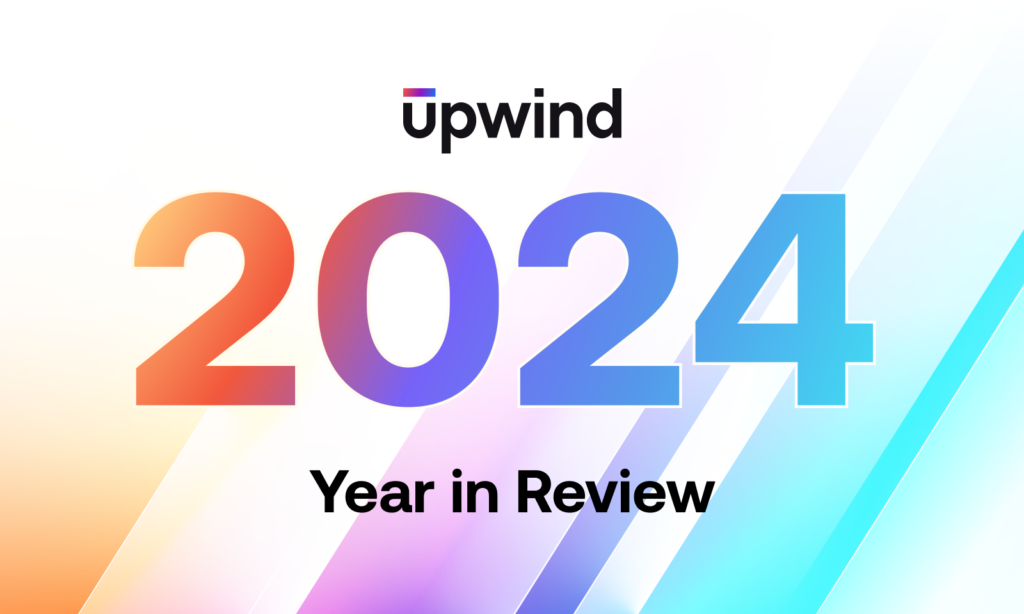
This year has been one of market penetration, expansion and innovation for Upwind. From exiting stealth in September 2023 to a little more than a year later, we expanded our global presence with offices in the UK, Iceland, Israel and the US, held a Series A, maintained a robust schedule of product innovation, and had […]
